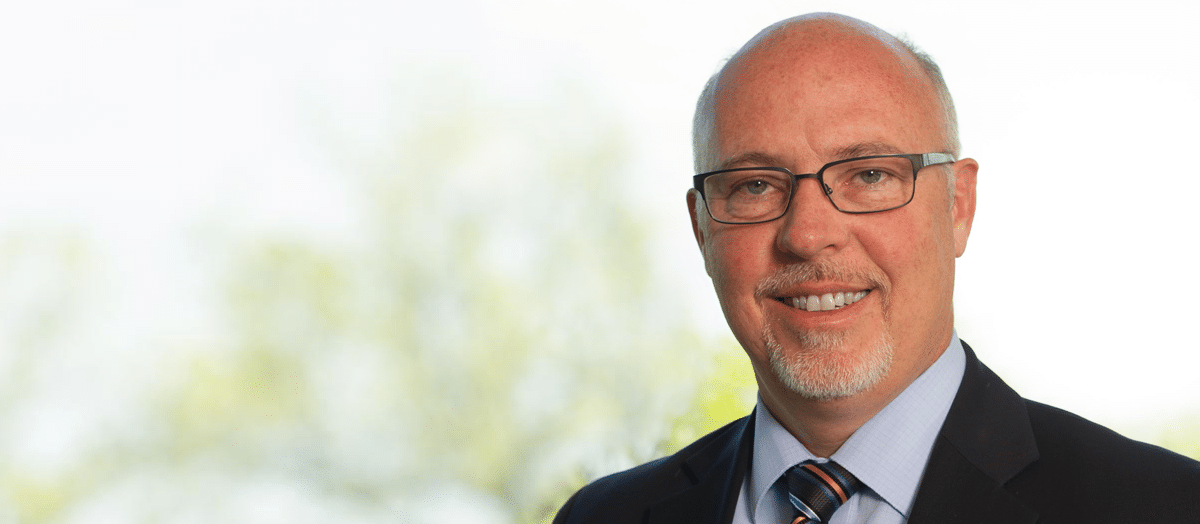Attract, train, and retain.

First, let me start with some good news.
Did you know that we have recruited nearly 60 new providers between 2012 and 2022? In addition, the median age of physicians that practice at Alomere Health is 15 years younger than the median age for all physicians who practice in rural areas in Minnesota—and even 5 years younger than the median age of physicians who practice in urban settings. Specifically, the median age of our physicians is 43, compared to 58 reported across all rural areas, and 48 across all urban areas in Minnesota. While our recruitment results compare favorably to most rural communities, recruitment of providers to rural areas is very challenging for multiple reasons that can’t be adequately covered in this article.
The challenge.
Now onto some less encouraging news. While 20% of the U.S. population lives in rural communities, only 10% of physicians practice in such areas. According to the American Medical Association, the United States faces a projected shortage of between 37,800 and 124,000 physicians within 12 years.
According to an August 2021 study conducted by the Minnesota Department of Health Office of Rural Health and Primary Care, over 50% of Minnesota’s rural physicians plan to leave the workforce in the next 10 years.

This effects us.
We know that the health of our rural communities depends on maintaining a strong provider base in order to provide access to health care services as our rural communities are demographically older, poorer, and sicker than their metropolitan and suburban neighbors.
According to the New England Journal of Medicine: “Rural areas in the United States suffer disproportionately from inadequate access to health care. In 2018, according to the Health Resources and Services Administration (HRSA), 66% of Health Professional Shortage Areas for primary care and 62% of those for mental health were located in rural or partially rural areas of the country. Although there is disagreement about the adequacy of the overall physician supply, there is little disagreement that the uneven distribution of physicians presents serious access problems in many rural areas. Limited access to physicians can reduce access to preventive care and exacerbate unmet health needs, leading to costly hospitalizations and poor health status.” (July 25, 2019 N Engl J Med 2019; 381:299-301)
We have two advantages.
While the issues of retention and recruitment of providers in rural areas is multi-faceted, two factors stand out in our experience. First, we are fortunate to have a community of physicians who are personally invested in sharing their passion for rural healthcare by hosting and mentoring medical school and residency students. As a result, many students have also decided to come back and practice here. This speaks to the importance and value of rural training programs in expanding the pipeline to fill part of the need for more rural primary care physicians.
Second, we are fortunate in that many physicians who have come to work here have connections to the area. Looking back on our recruitment results over the past 10 years, what’s really fascinating is that over 30 of our nearly 60 newer providers or their spouses are from within 60 miles of Alexandria. In many cases, we have found that it’s beneficial to establish relationships several years in advance so we can work together to help support the physicians’ needs during training in anticipation of the physician joining our healthcare team at Alomere Health.
So, I’ll conclude with this open invitation to reach out and contact us if you have family or friends who we should know and be in contact that are either in medical school or residency.

